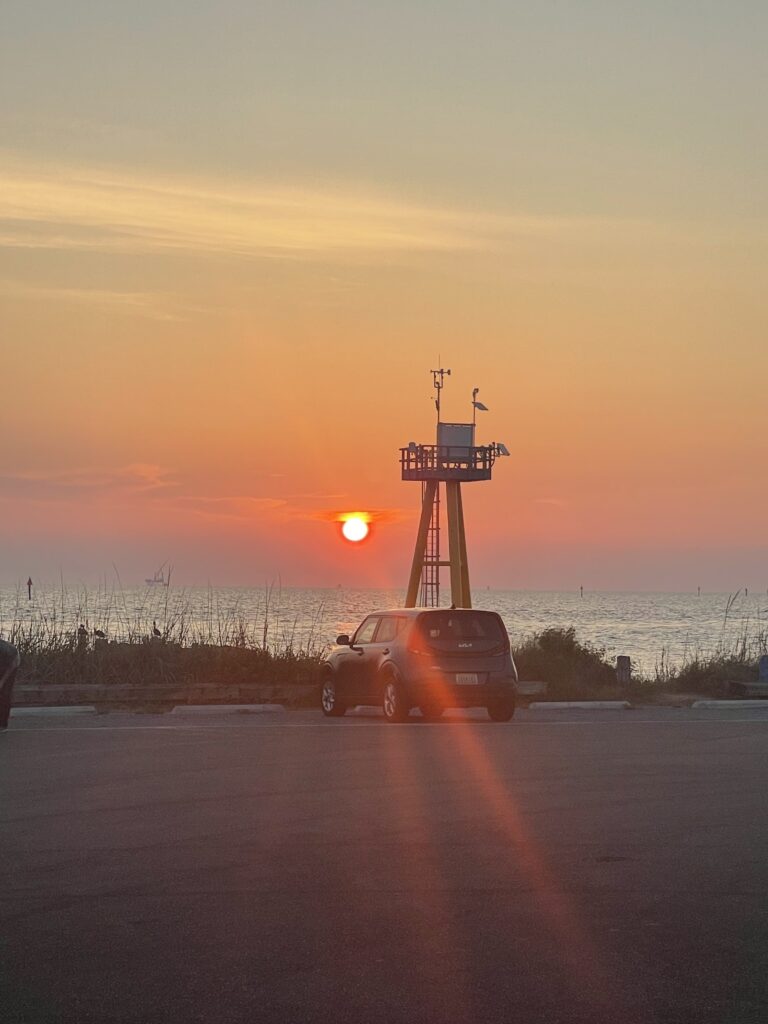How Ancient Cultures Revered the Sun We Fear
The sun has held a significant place in human history, inspiring awe, worship, and growing our food. Ancient cultures around the world revered the sun, attributing it with divine powers and incorporating it into their religious practices. However, as our understanding of the sun’s potential harms has evolved, so too has our interaction with it. In the modern era, the rise of skin cancer has forced us to reevaluate our relationship with the sun. The respect that ancient people had for the sun also brought them to maintain practices which protected them from its harmful ultraviolet rays. Today, many completely rely on sunscreen, believing that it offers complete protection and opting the lounge in direct rays waiting for a golden tan. Unfortunately, sunscreen doesn’t necessarily prevent cancer (contrary to popular belief).

Ancient Sun Worship & Management
Ancient civilizations, such as the Egyptians, Aztecs, and ancient Greeks, regarded the sun as a deity and symbol of life and fertility. The Egyptians worshiped the sun god Ra, believing that he sailed across the sky each day, bringing light and warmth. Temples like Abu Simbel were specifically designed to capture the sun’s rays during the equinoxes.

Across the globe, the Aztecs revered the sun as the fifth and final era of creation. They offered human sacrifices to ensure the sun’s continued journey across the sky, believing that its disappearance would bring catastrophe. In the highly developed Greek Empire, people worshiped the sun as Helios, a god who rode his chariot across the sky every day. Sun worship was a central aspect of Greek culture, with festivals like the Pythian Games dedicated to Apollo, the god of light and the sun.
Despite their reverence for the sun, ancient cultures recognized the need to manage their exposure to it to avoid its potential harms. They employed various methods to protect themselves from excessive sun exposure and its associated risks. First and foremost, this included lightweight, high coverage clothing and shaded areas. Clothing was designed to be well ventilated in heat while also thoroughly covering their skin, so as to prevent painful burns and damage from the powerful sun. There was also a focus on scheduling outdoor activities, like farm labor, to be in the early morning and the evening—this helped them to avoid the beating focus of the midday sun.
Ancient Egyptians developed their own sunscreen, although it was very different from what we know today. Ancient sunscreen was a thick ointment made from natural ingredients like rice bran and jasmine flower. This functioned to form a very noticeable protective layer between their skin and the sun’s harmful rays.
How About Today
In contrast to ancient cultures, modern society’s relationship with the sun has undergone a dramatic shift due to the growing awareness of skin cancer risks. From here, what appears to be a domino effect has occurred, leaving many people to put all of their eggs in one basket when it comes to sun protection. With advancements in technology, the development of more effective sun protection products has become a priority. People will rely on sunscreens with high SPF ratings and improved UVA and UVB protection. However, when spending all day in direct sun without much shade or protective clothing, the protective factor of these is questionable.

That aside, many popular sunscreens contain harmful ingredients. While the group of chemicals referred to as oxybenzone filters ultraviolet light, it’s also been linked to not only allergic reactions, but hormonal disruption. That’s right: the things you put on your skin go into your body. Octinoxate has gotten some lashback due to causing similar hormonal issues, but also for accumulating in the environment—damaging marine life and coral reefs. That’s why more sunscreens today will be marketed as “reef safe.” One additive that is meant to supply vitamin A to the skin, called retinyl palmitate, has a nasty reaction when exposed to sunlight. While it is marketed as a pro-health ingredient, retinyl palmitate actually can cause skin damage and increase the likelihood of cancer when used in the sun. While sunscreen can be a fine option for preventing your skin from cooking during the day, it should never be relied on alone, and it’s important to choose more natural, mineral-based options.

The rise of tanning culture in the 20th century saw sunbathing becoming a popular trend. People sought a tan for aesthetic reasons, associating it with health and beauty. However, excessive sun exposure and lack of sun protection have contributed to the increased prevalence of skin cancer. As our understanding of the sun’s damaging effects grew, public health campaigns and educational efforts emphasized the importance of sun safety. These include seeking shade during peak hours and wearing protective clothing, much like our ancestors worldwide.
Did You Know?
Despite increased awareness, skin cancer rates continue to rise.
Despite increased awareness, skin cancer rates continue to rise. Skin cancer, including melanoma, basal cell carcinoma, and squamous cell carcinoma, has become one of the most common types of cancer globally, leading to the line of epidemic. From ancient civilizations’ sun worship to the modern era’s growing concern over skin cancer, our interaction with the sun has changed significantly. While ancient cultures revered the sun and took measures to manage their sun exposure, our culture today is largely content to slap on an SPF and think no more of it—if that! The rise of skin cancer highlights the importance of balancing our appreciation for the sun’s benefits with the need for protection, much like ancient people. The sun’s a great ball of fiery gas in the sky — it grows all of our food, supplies us with vitamin D, and regulates our circadian rhythm — it also can cook our skin into new growths. Have a little respect!
Written By: Geneva Decobert


